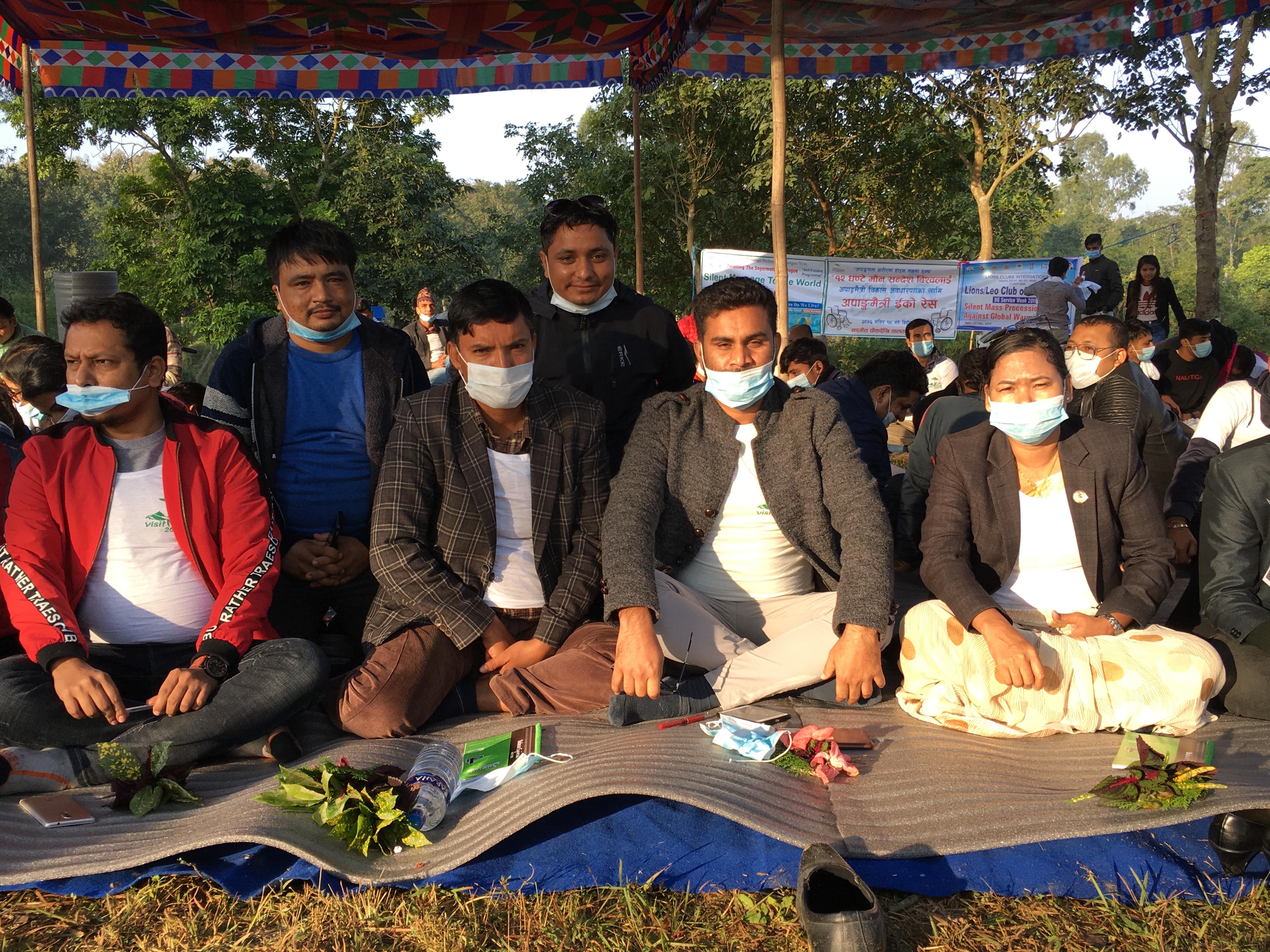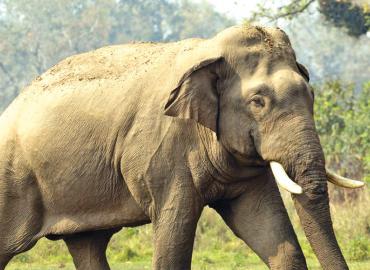Itahari: In order to remind the world about Kalapatthar and Maldives's underwater cabinet meetings held a decade ago, people in Itahari, a city of East Nepal, are staging 12-hour-long silent fasting at Taltaliya, the tourism venue of the city.
Among 200 participants of the mega silent fasting function are former State Minister for Agriculture Ms. Ramkumari Chaudhari, Mt. Everest summiteers duo Mr. Madan Chudal and Mr. Shiva Dangi, among others.
Started at 6 am, the marathon fasting will be concluded at 6 pm, informs Suresh Karki, the coordinator of the event.
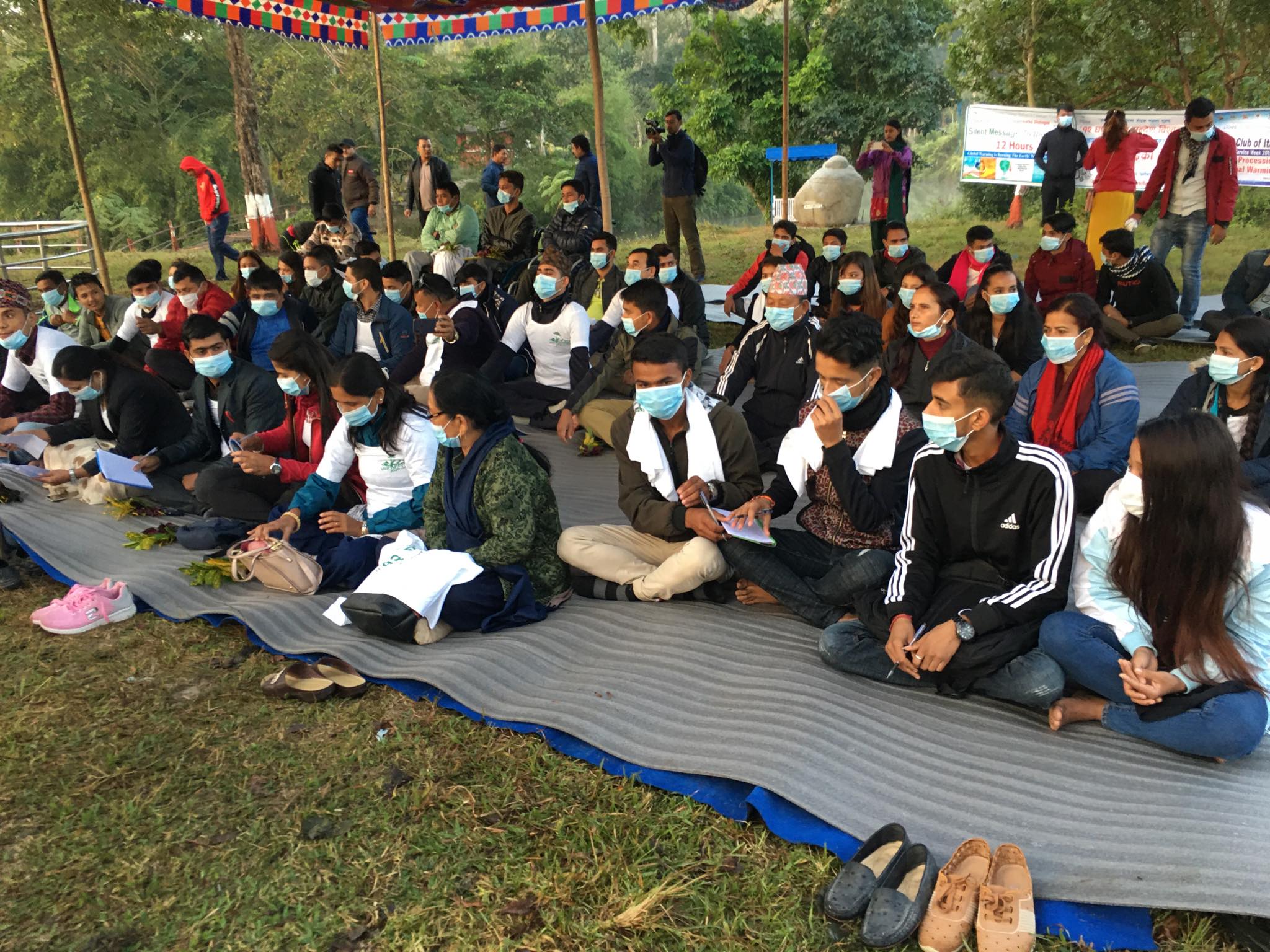
On 4, December, 2009, the then Prime Minister of Nepal Madhab Kumar Nepal organized the cabinet meeting at the height of 5242 meters from sea level to get world attention about climate change impacts in the nation like Nepal.
The Kalapatthar cabinet meeting had adopted 10-point Everest Declaration promising to increase Nepal's protected areas from 20 to 25 percentage. Likewise, the declaration had supported a proposal to invest 1.5 percentage of the GDP of developed economics to climate fund.
Before, Nepal hosted the cabinet meeting at the highest ever point in the world, the then President of Maldives Mr. Mohamad Nasheed had organized an underwater cabinet meeting on 17, October, 2009. The 30-minute-long underwater cabinet meeting had highlighted the problems faced by nation like Maldives due to growing sea levels.
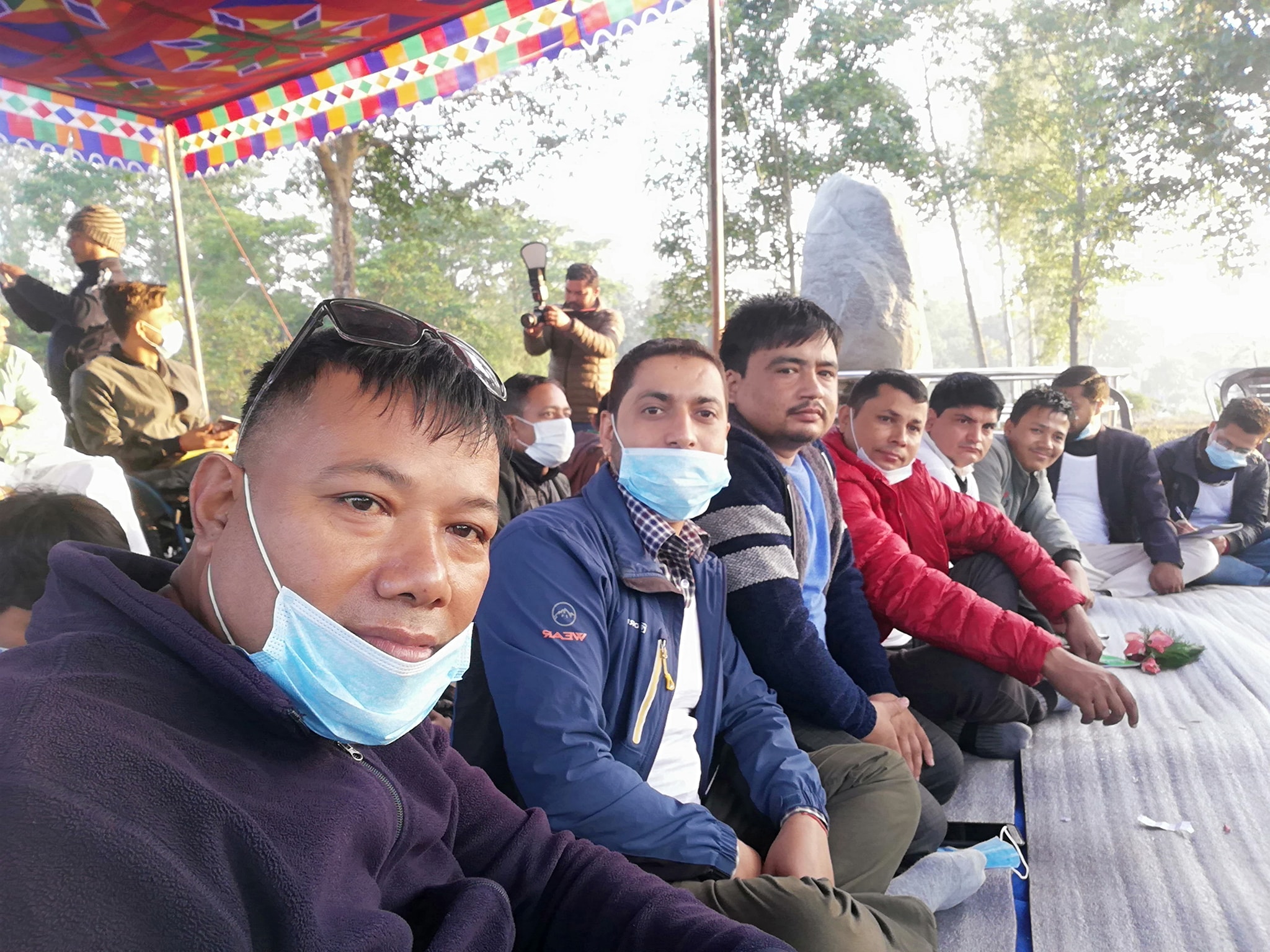
Both South Asian nations- Maldives and Nepal, had hosted their respective cabinet meetings in order to aleart the world leaders days before UN-sponsored Copenhagen Climate Change Conference at Denmark from 7-18 December, 2009.
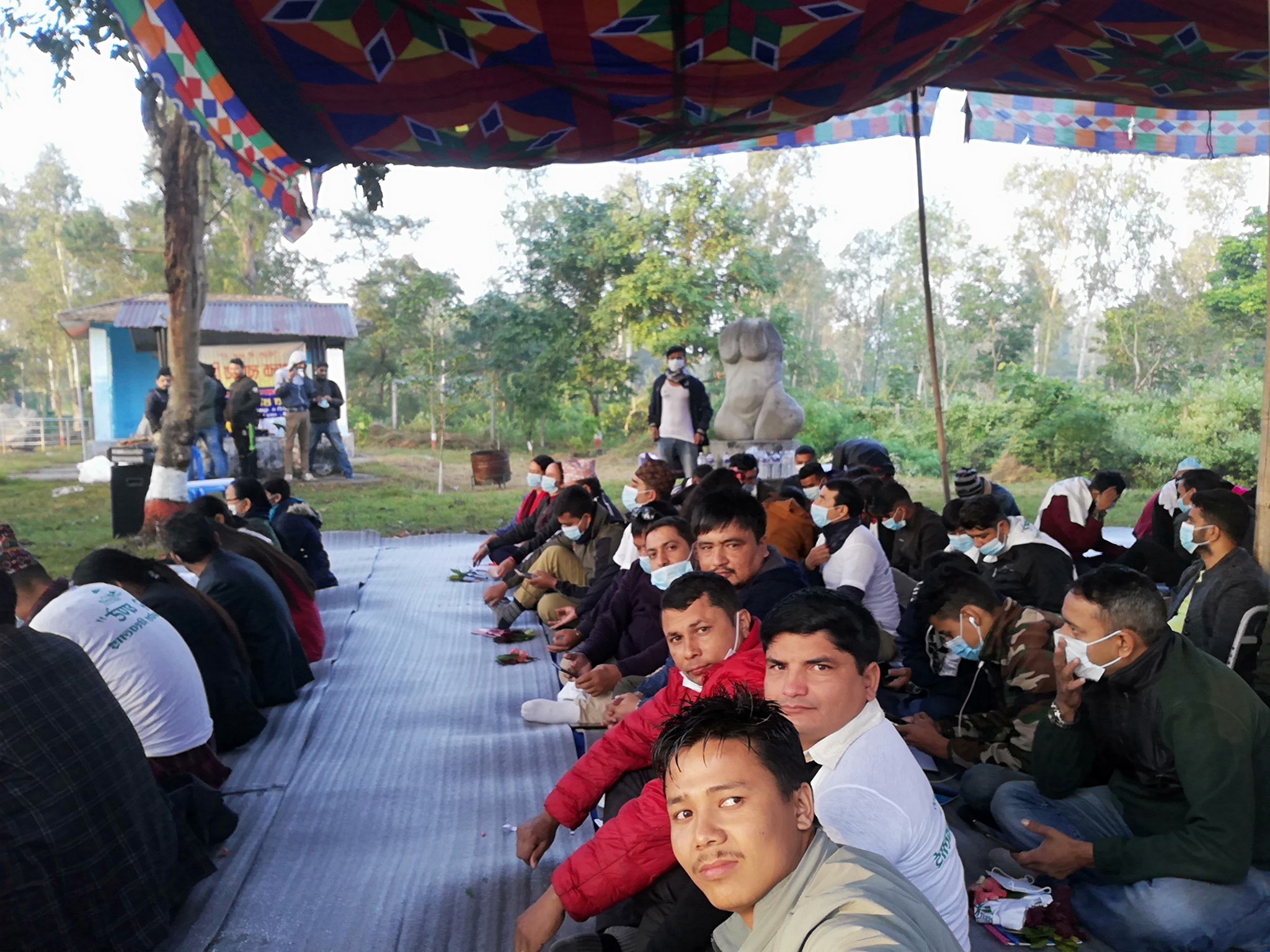
What were the points of 10-point Everest Declaration on Climate Change?
Kalapatthar cabinet meeting had approved following points of 'Everest Declaration on Climate Change'.
1. We express commitment to work together with the South Asian nations as well as other nations in order to protect the Himalayas and that mountain ecosystem that are at risk because of climate change and to draw the attention of the world community to this issue.
2. To launch mass awareness campaigns, at the local as well as the national level, on studies of the potential impact and ways of mitigation about the adverse situations created by climate change in the Himalayan ranges and the affected areas, on the local livelihood and subsistence, specially among the poor, marginalized groups, indigenous people, dalits, women, and children.
3. To address the negative impact of climate change in advance and to foster social resilience in agriculture and other areas, adopt early warning system, develop a blueprint on climate change, and enhance the needed skills in this area.
4. In course of preserving the mountain ecosystem, expand the currently preserved 20 percent area of Nepal to 25 percent in the country and consolidate the forest area to 40 percent. To explicate our commitment, declare Gaurishakar and Apinapa regions as conservation areas.
5. Obtain support of the world community to effectively implement projects in accordance with Nepal’s needs, in order to address the adverse impact of climate change on Nepal’s social-economic sector, specially water-resources, agriculture, bio-diversity, forests, human life, and health. Also endorse the proposal requiring developed nations to contribute at least 1.5 percent of their GDP to the Climate Change Fund.
6. With the confidence that by developing clean energy, we can reduce carbon emission in the region, draw attention of developed and neighboring countries for the appropriate, modern technology, its easily accessible transfer and investment.
7. Take the initiative to amend the Clean Development Mechanism (CDM) in order to make it more accessible and beneficial to poor nations and for Nepal to fully benefit from it.
8. To prevent perilous situations due to human-induced climate change, call for maintaining the level of greenhouse gases in the atmosphere below 350 PPM (Parts Per Million) and the average temperature of the planet at the level that existed in the pre-industrial world, not more than 1.5 degree centigrade.
9. Given that very limited research has been carried out concerning the impact of climate change on the process of snow and glacial melt in the Himalayan region, take the initiative to meet knowledge needs in this respect.
10. Call to reduce emissions of greenhouse gases in order to mitigate the serious impact of greenhouse gases and other activities on mountain ecosystem and the Himalayas. In addition, draw attention of everyone to obtain compensation from the countries emitting greenhouse gases, and relief for poor nations and people adversely affected by such gases.

